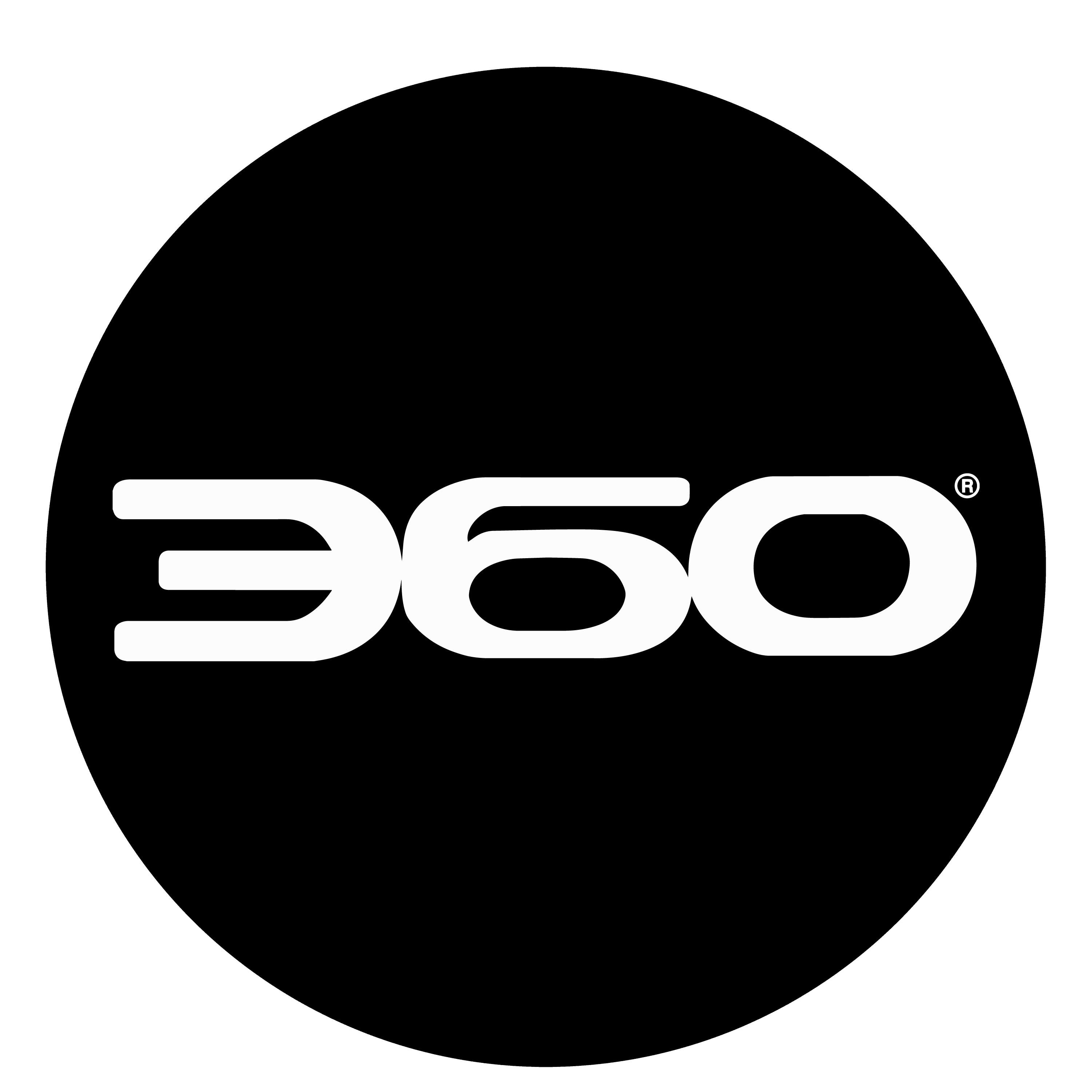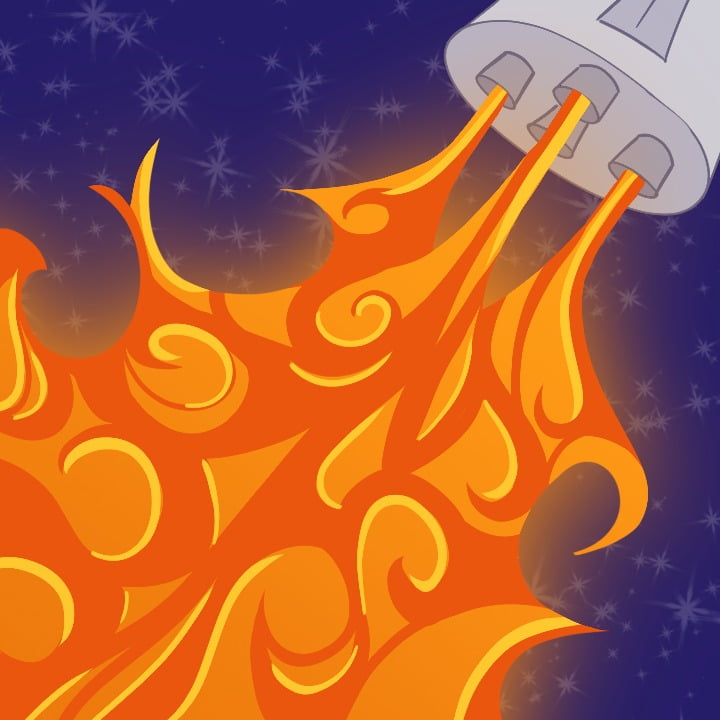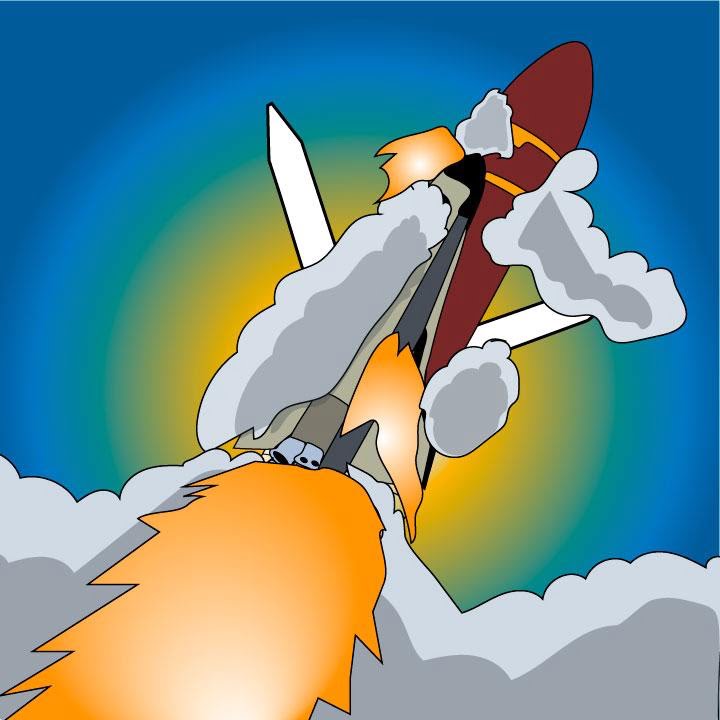29-year-old Sam Bankman-Fried has made his mark in the world of crypto, rising to prosperity in such a short period of time as comparable to that of Austin Russell’s Luminar. But how exactly did he do it? Sam Bankman-Friend is the son of two Stanford Law School professors who graduated with a degree in physics […]








